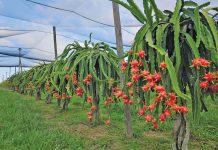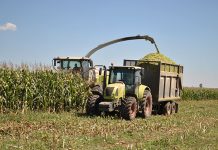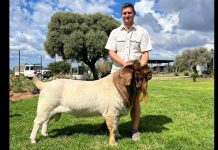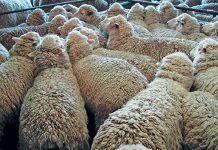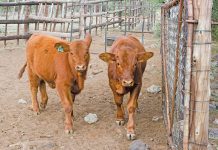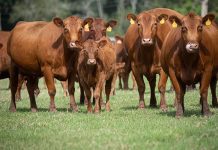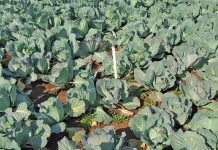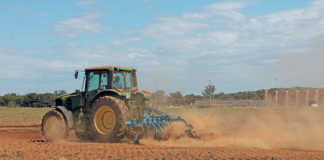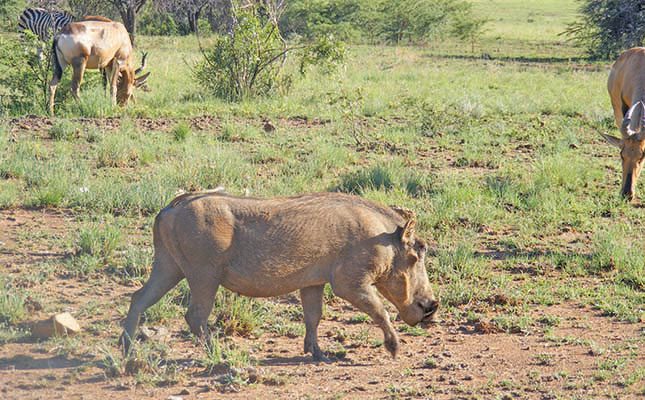
Photo: FW Archive
Discussions that warthogs must be declared as predators is rampant, although the implications of such a decision is still unclear.
Research conducted in 2012 by Monlee Swanepoel from the Department of Conservation Ecology and Entomology at Stellenbosch University showed that warthogs are invasive due to their negative impact on farms in South Africa.
READ Strategies for limiting livestock losses to predators
Damage caused to fences was the major concern, since these openings allow other predators to gain access to vulnerable livestock. Uprooting the veld and preying on lambs was also of concern.
Derek Alexander, a Merino farmer in Trompsburg, Free State, told Farmer’s Weekly that the warthogs ran right through the fences on his farm.
“It’s a continuous struggle to replace fences to keep sheep in, and other predators out, so warthogs enable predation by other animals.”
He said that he had not had any incidences where warthogs had preyed on his flock, but anecdotal evidence was widespread. In one instance, a farmer reported seeing a warthog with a lamb in its mouth. Another reported that once warthogs on the farm were removed, loss of lambs through predation came to an end.
Swanepoel noted in her research that one small livestock farmer revealed that they suspected an adult male warthog was preying upon new born lambs on their farm, and after killing the animal they found body parts of lambs in its stomach.
READ How insect predators can help you
Both Alexander and Swanepoel stated that warthogs uprooting vegetation was a high-impact form of veld degradation.
“Warthogs plough through the soil, upending everything to the point where you can’t even drive there. It leaves nothing for the sheep to graze. They go into lucerne fields and completely annihilate everything. The costs are enormous,” said Alexander.
He believed that warthog numbers should be managed through hunting. “The population sizes can’t be left as is. They are incredibly resilient and keep multiplying.”
A source at the Department of Forestry, Fisheries and Environmental Affairs told Farmer’s Weekly that warthogs were listed as a species of concern, although reproduction rates were high.
The source advised farmers wishing to shoot warthogs that were problematic to approach their provincial environmental department for permission.
Join our WhatsApp groups to get the latest news, livestock insights and auction info.

